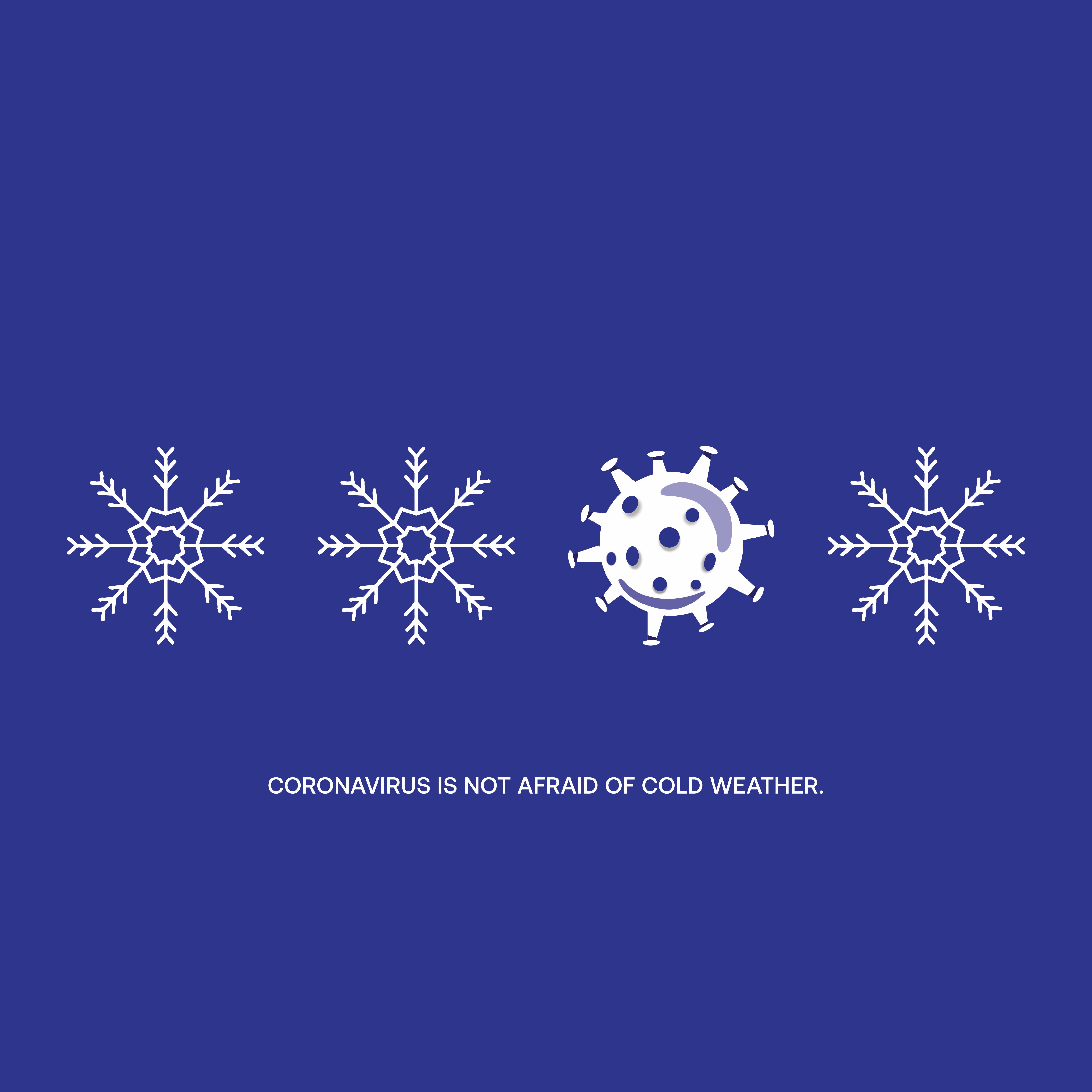
What’s worse than seasonal depression? Seasonal depression in the midst of a pandemic. Not much is known about how seasonal affective disorder (SAD) interacts with other forms of depression. As the days get shorter and the weather turns cooler, many people will begin to experience symptoms of SAD. When combined with situational depression related to COVID-19, political strife, and major societal issues, individuals who struggle with SAD could be facing increasingly difficult months ahead.
What is Seasonal Affective Disorder (SAD)?
Seasonal Affective Disorder (SAD) is a recurring depressive disorder that typically kicks in during the fall and winter. During these months, especially January and February, people with SAD show symptoms more than at any other time of the year.
SAD is generally believed to be caused by:
- Trouble regulating serotonin—one of the neurotransmitters involved in dictating your mood.
- An overproduction of melatonin.
- A decrease in the production of vitamin D.
Each year, about 5% of adults in the United States experience SAD. To receive a diagnosis, you must meet the full criteria for major depression coinciding with specific seasons for at least two years, according to the National Institute of Mental Health (NIMH).
If you’d like to know more, check out our previous blog post covering SAD risk factors, SAD symptoms, and treatments for SAD.
Why This Year Is Different
We’re nine months into a pandemic, and studies show that coronavirus anxiety and depression are at an all-time high. Limited social interaction, lack of routine, job loss, politics, and various other psychosocial stressors only exacerbate demotivation, apathy, fatigue, and irritability. When compounded with seasonal changes, the effects can be overwhelming.
At one point in time, Angelenos and people all over the country were motivated to “flatten the curve” over a two-week period. Now, we’re presented with a second wave of cases and more shutdowns/restrictions aimed to slow the spread with no sign of relief in sight as we approach a new year.
The holiday season will also look different this year due to COVID. Sure, the holidays can be stressful with travel, complicated family relationships, and tight finances, but for most people, the gathering of loved ones buoys their spirits and brings joy. When someone is struggling with depression, family and loved ones can provide much-needed support. Now, states are imposing strict travel warnings and gathering bans, making it likely that many individuals will be spending the holidays alone.
Creative Holiday Gathering Ideas
Social distancing measures have played a critical role in reducing the spread of COVID-19, but they have also increased social isolation for many, especially older adults, people with disabilities, and people with underlying health issues.
Social isolation can threaten a person’s physical and mental health. In fact, loneliness can be as damaging to a person’s health as smoking, obesity, or substance abuse. Health concerns which may result from social isolation include high blood pressure, sleeplessness or less restful sleep, anxiety, depression, and thoughts of suicide.
Technology can never replace in-person interactions, but in these unprecedented times, we need to stay connected any way we can even while physically distanced. Here are some ideas for socially distant holiday gatherings:
- Host a video chat. Web services like Zoom will be removing their 40-minute limit on Thanksgiving Day. Enjoy some dinner, play some games, or do a virtual gift exchange from the comfort of everyone’s home.
- Host a drive-by potluck. Get family and friends to create holiday dishes. They can drop the dish off in advance, and pick it up later in an individually prepared container.
- Plan a cookie exchange. Keep the cookie exchange tradition going with a socially distanced twist. Similar to the drive-by potluck, you can drop cookies off at a designated house where they will individually package and distribute them.
- Celebrate with a parade. Chart out a parade route where friends and family can drive by each other’s house to drop off gifts or check out holiday decorations.
If you choose to host in person with your family, consider hosting it outside with a limited guest list of people who have been adhering to self-quarantine recommendations. Masks should be worn, and the host should clean high-touch areas before, during, and after everyone leaves. In addition, consider serving dinner as a buffet with disposable plates, utensils, and napkins. Tell guests beforehand that if they feel sick, they should stay home.
SAD is underdiagnosed and undertreated. Many individuals will experience SAD symptoms for the first time this year with prolonged lockdowns causing isolation and loneliness and the majority of people spending less time outside in natural sunlight. Meanwhile, those accustomed to seasonal depression may experience more severe SAD symptoms as COVID restrictions intensify feelings of stress, loneliness, and depression. Follow these tips to try to keep your seasonal depression at bay.
This year presents new challenges for people with seasonal affective disorder. If you are experiencing symptoms of SAD, contact us to see if Ketamine Therapy can help. If you have a history of SAD, don’t wait for symptoms to surface. Schedule an appointment with us for preventative depression symptom management.

